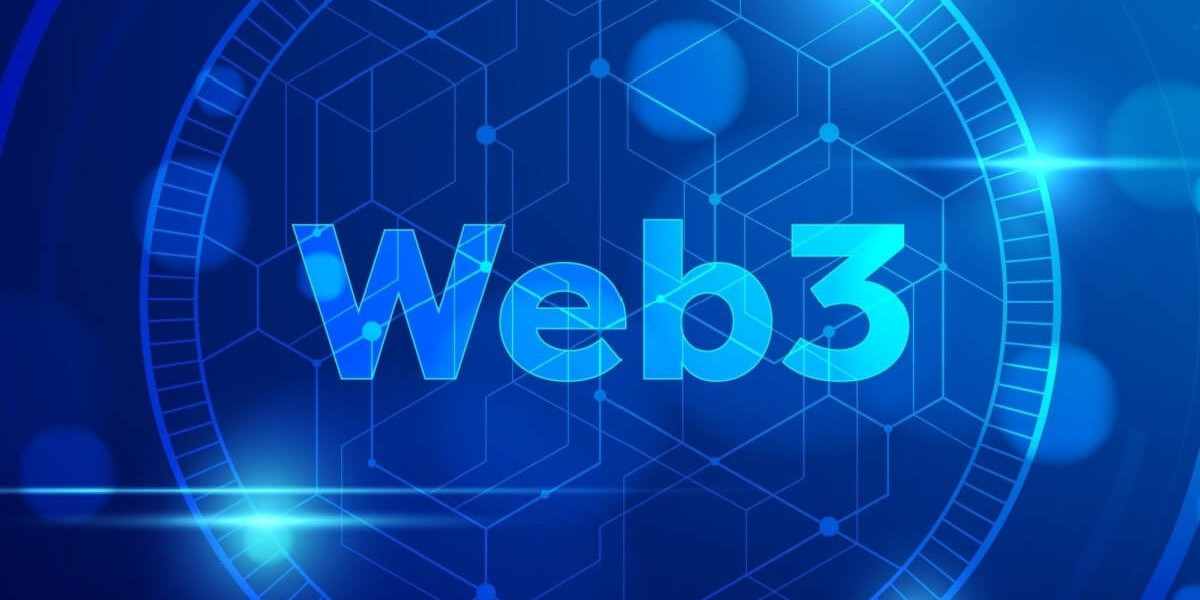web3 ecosystem represents the next phase of the internet, one that shifts the control from centralized platforms and institutions to a more decentralized, user-driven model. Web3 combines decentralized technologies, blockchain, cryptocurrencies, and smart contracts to create a new, open, and permissionless internet. This ecosystem is rapidly evolving, aiming to democratize access, promote privacy, and empower users to own their data, assets, and digital identities.
Key Components of the Web3 Ecosystem
Blockchain Technology:
- At the core of Web3 is blockchain, which allows data to be securely and transparently stored in a decentralized ledger. Blockchain eliminates the need for intermediaries, ensuring peer-to-peer transactions and empowering users with greater control over their digital assets.
- Popular blockchain platforms like Ethereum, Polkadot, Binance Smart Chain, and Solana provide the infrastructure for decentralized applications (dApps), decentralized finance (DeFi) protocols, and tokenized assets.
Cryptocurrencies and Tokens:
- Cryptocurrencies, such as Bitcoin and Ethereum, are native digital currencies that function on blockchain networks. In the Web3 ecosystem, they serve as a medium of exchange, a store of value, and a means of incentivizing participants.
- Tokens in Web3 are digital assets built on top of blockchain networks, often serving specific purposes within decentralized platforms. These include utility tokens, governance tokens, and security tokens. Tokens enable users to participate in governance decisions, access services, or represent ownership of assets.
Decentralized Applications (dApps):
- dApps are applications built on top of decentralized networks (typically blockchains) rather than centralized servers. They allow users to interact directly with each other, without relying on intermediaries, enabling enhanced privacy, security, and transparency.
- dApps are used across a wide range of sectors, including finance (DeFi), gaming (play-to-earn), supply chain management, healthcare, and social media.
Smart Contracts:
- Smart contracts are self-executing contracts with predefined rules coded on the blockchain. They automatically enforce the terms and conditions when certain conditions are met, removing the need for trusted intermediaries and reducing the possibility of human error.
- For instance, in DeFi platforms, smart contracts enable lending, borrowing, and trading without a central authority.
Decentralized Finance (DeFi):
- DeFi refers to a set of financial services and applications built on decentralized networks that aim to replicate traditional financial services like lending, borrowing, trading, and saving, but without the need for banks or intermediaries.
- Platforms like Aave, Uniswap, Compound, and MakerDAO are some of the most popular DeFi platforms that allow users to engage in financial activities directly with one another using smart contracts and tokens.
Non-Fungible Tokens (NFTs):
- NFTs are unique, digital assets that represent ownership of a specific item or piece of content, often tied to art, music, collectibles, or even virtual real estate. Each NFT is unique and cannot be replicated, making them valuable for collectors and creators.
- Marketplaces like OpenSea, Rarible, and SuperRare enable the buying and selling of NFTs, creating a new economy for digital creators.
Decentralized Identity:
- Web3 places a significant focus on giving individuals control over their identity online. Instead of relying on centralized platforms that store personal information, Web3 enables the creation of decentralized identities (DIDs), allowing users to manage their credentials, verifications, and personal data securely and privately.
- Self-sovereign identity systems use blockchain to store and verify identity without relying on central authorities, enabling users to retain full ownership of their digital persona.
Interoperability:
- Interoperability is one of the main goals of Web3, ensuring that different blockchain networks, applications, and services can interact with one another seamlessly. This enables a more cohesive ecosystem where assets, data, and functionality can move across platforms without barriers.
- Polkadot, Cosmos, and Chainlink are some projects that focus on enabling interoperability between different blockchain systems.
Governance and DAOs:
- Decentralized Autonomous Organizations (DAOs) are digital organizations governed by smart contracts, where decisions are made collectively by members who hold governance tokens. DAOs enable users to vote on proposals, changes, and investments, offering a transparent and decentralized approach to decision-making.
- DAOs provide a new form of community governance where participants can directly influence the development and future of projects within the Web3 ecosystem.
Benefits of Web3
Decentralization and Ownership:
- One of the most significant advantages of Web3 is its ability to redistribute power away from centralized platforms and corporations. Users own and control their assets, data, and digital identities, leading to greater autonomy and reducing the influence of third parties.
Privacy and Security:
- Web3 emphasizes privacy and security by allowing users to interact directly without relying on a central authority. Blockchain’s cryptographic features ensure that data and transactions are secure, and users can retain control over what personal information they share online.
Transparency:
- All transactions on blockchain networks are transparent and immutable, meaning they cannot be altered or erased once recorded. This provides users with verifiable and trustworthy information, making the Web3 ecosystem more accountable.
Incentivization:
- Web3 platforms often use native tokens to incentivize users to participate in the ecosystem. These tokens reward participants for providing value, whether it’s contributing to a decentralized network, providing liquidity, or creating content.
Financial Inclusion:
- DeFi and cryptocurrency open financial services to anyone with internet access, removing barriers such as geography, credit history, and traditional banking infrastructure. This helps individuals in underserved regions access financial services that were previously unavailable.
Challenges of Web3
Scalability:
- While blockchain technology offers decentralization and security, it still faces challenges related to scalability. Many popular blockchains struggle to handle a high volume of transactions, leading to network congestion and high transaction fees. However, solutions like layer 2 protocols (e.g., Optimism, Arbitrum) are being developed to address these issues.
User Experience (UX):
- The Web3 ecosystem is still evolving, and user interfaces often remain complex and non-intuitive. Wallets, private keys, and transaction fees can be confusing for newcomers, and a smoother user experience is crucial for wider adoption.
Regulation:
- As Web3 and DeFi grow, they face increasing scrutiny from regulators. The lack of clear regulatory frameworks in many jurisdictions creates uncertainty for developers, investors, and users. Issues related to taxation, securities laws, and anti-money laundering (AML) practices will need to be addressed for Web3 to reach mainstream adoption.
Security and Risks:
- Despite the security features of blockchain, Web3 is not immune to risks. Smart contract vulnerabilities, hacks, and scams have affected various DeFi platforms and NFT marketplaces. The decentralized nature of Web3 also means that there is no central authority to intervene or reverse fraudulent transactions.
The Future of Web3
The Web3 ecosystem is rapidly growing, with new projects, innovations, and partnerships emerging regularly. As the technology matures, we can expect Web3 to revolutionize various sectors, including finance, entertainment, social media, gaming, and supply chains. The next phase will likely focus on increasing scalability, improving user experience, and resolving regulatory concerns.
In the future, Web3 could offer a truly decentralized internet where individuals control their own data, privacy is respected, and global access to financial services is a reality. This vision of a more inclusive, transparent, and decentralized web could redefine how we interact online and reshape the digital economy.
Conclusion
The Web3 ecosystem is a transformative step towards building a more open, decentralized internet. By integrating blockchain, cryptocurrencies, smart contracts, and other emerging technologies, Web3 aims to empower users, foster innovation, and create new business models that prioritize decentralization and user autonomy. While challenges remain, the potential for Web3 to reshape industries and change how we interact with digital platforms is vast. As the ecosystem continues to evolve, it has the potential to become the foundation for the next generation of the internet.







